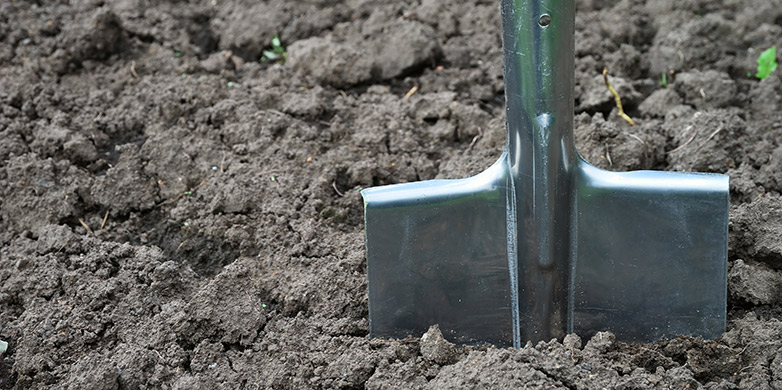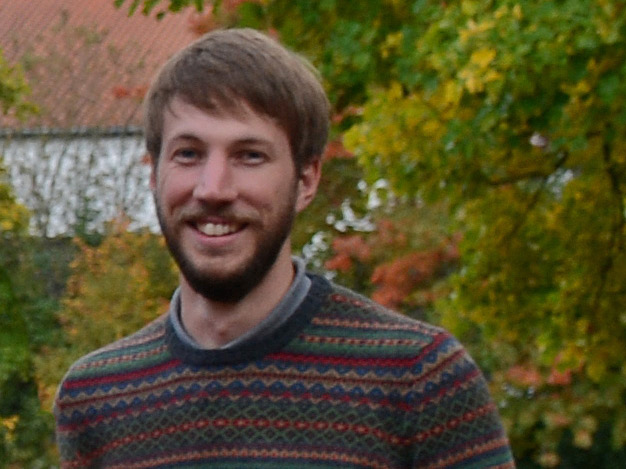Quo grabis? – Working perspectives in soil science
2015 will be remembered as the International Year of Soils. But where is soil science going and how can young graduates gain a foothold in it? An evening of discussions goes beyond technical aspects and shows that many careers are open to young professionals – in academic and applied fields.
The Young Professionals in Soil Science [1] recently invited people to attend a world café of soil perspectives at the annual meeting of the German Soil Science Society (DBG), the biggest conference of German-speaking soil scientists. Entitled “Quo Grabis?” (“Where are you digging?”), the meeting looked at the various soil science fields favoured by young soilies. Here is a report of the results.
Science
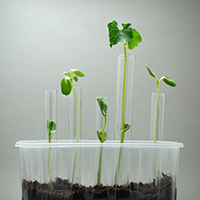
The road to success in soil sciences is stony and highly competitive. But whoever follows this path will meet many challenges, and have the chance to shape future soil knowledge. Without a good dose of passion for their subject, no scientist could cope with the hard work day and night and at weekends. Maintaining a healthy work-life balance is difficult: while the work can be spread flexibly over the day, suitable positions are distributed widely across the globe.
A successful soil scientist not only designs, interprets and publishes experiments, but also gives lectures, works with students in teams and cooperates with practitioners, public institutions and researchers from other areas. And so young researchers have to continuously develop their competencies and actively identify new research issues. From a technical perspective, soil science is moving away from field soil science (e.g. outdoor analysis with simple tools to evaluate soil formation and fertility) towards molecular topics (e.g. laboratory investigation of stabilizing processes of humus using cutting-edge technology). An increasingly challenging job requirement is transferring our understanding of the processes at nano level to agricultural and land issues. This sets the scene for the aspirations of young soil scientists.
Soil consulting and monitoring
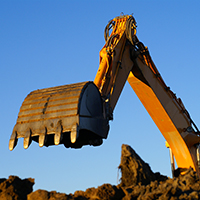
An 130 to 150 CHF hourly wage and good job opportunities, due to legislated soil protection in environmental monitoring of many construction projects, are attractive to young soil scientists. After accounting for all incidental costs and taxes, however, the hourly wage shrinks, depending on the order volume and its difficulty. There is an increasing demand for consulting and monitoring of soils, in particular for major construction projects (e.g. track construction, wind turbines), and such work is an established job profile, especially in Switzerland. Young soil consultants usually start their career by joining specialized agencies. For those who know the field well, communicate competently and can work under pressure, there are interesting and challenging work opportunities as freelancers. When mediating between construction managers and farmers, a “soil agent” must be decisive – especially in controversial construction projects and civil protests. With a current sealing rate of around 8 ha Swiss soil per day [2], future soil consultants will definitely not get bored.
Soil remediation of contaminated sites
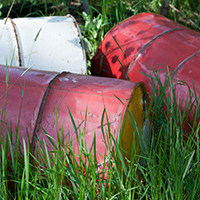
Due to the shortsighted activities of past decades, soils at abandoned industrial sites harbour high environmental risks, endangering groundwater, ecology and people. To evaluate and remediate the innumerable contaminated areas, young knowledge mediators are required who can make contact with concerned citizens and who have a responsible understanding of scientific articles (e.g. human toxicology studies of benzopyrene). Such work requires sound decision-making and effective exchange between various partners and stakeholders, be they environmentalists, authorities or representatives from the industry. The soil conservation administration in Munich, for example, designates living space for refugees – work that is currently highly political and directly affects society.
International development cooperation

You’d be wrong to think of development cooperation as working only with the local population to improve the world, in a “soil scientist without borders” type of venture. The day-to-day work of implementing development projects in partner countries involves plenty of paperwork! Although they know little about social science, young natural scientists are in great demand in development cooperation. Whether as a project manager, writer of concept papers or on-site networker, it’s critical to go beyond soil issues to work on climate, water and nutrition issues.
If you’re a distinguished expert, you could of course join a development project as a consultant. Starting out on a career in international development cooperation usually involves applying for advertised junior positions, limited to two to four years. Thereafter, about a quarter of employees are employed permanently. As a mediator between politically specified budget centres and local project partners, you’ll work in a lively area and have plenty of travel. Without the expertise of young soil scientists, the ambitious UNO Sustainable Development Goal to achieve land degradation neutrality by 2030 [3], will not be reached.
Soil science – a working field of great depth
The key role of soil in ecosystems and its global distribution open manifold positions for young soil graduates. However, there is concern about the decreased funding for the restoration and the protection of soil functions in many areas. Let us hope then that the young soil scientists will continue digging ever deeper, to entrench themselves in successful projects and so contribute to the holistic impact of soil science.
Further information
[1] external pagewww.youngsoils.decall_made
[2] Roth U., Schwick Ch., Spichtig F. (2010): Zustand der Landschaft in der Schweiz. Zwischenbericht Landschaftsbeobachtung Schweiz (LABES). Umwelt-Zustand Nr. 1010. Bundesamt für Umwelt, Bern, (S. 37), Abrufbar external pagehiercall_made oder: external pageBundesamt für Statistik Website:call_madeUmwelt – Indikatoren, 3 Umweltzustand – Bodenversiegelung.
[3] „Halt and reverse land degradation“: external pageLinkcall_made (Seite 15)
List of Panelists
- Science: Prof. Dr. Sandra Spielvogel (Universität Bern) and Prof. Yakov Kuzyakov (Universität Göttingen)
- Soil consulting and monitoring: Ricarda Miller (engineering consultants Schnittstelle Boden) and Dr. Andreas Lehmann (freelancer)
- Soil remediation of contaminated sites: Renate Zöllner (municipal Department of Munich for Environment and Health) und Peter Nickol (Nickol & Partner GmbH). Both representatives of the Ingenieurtechnischer Verbandes für Altlastenmanagement und Flächenrecycling (ITVA) e.V..
- International development cooperation: Ute Sonntag and Walter Engelberg (both Convention Project to Combat Desertification of the Deutsche Gesellschaft für Internationale Zusammenarbeit (GIZ) GmbH)
- Federal departments and agencies: Dr. Gerhard Milbert (Geological Survey of North Rhine-Westphalia und Vertreter des Bundesverbands Boden (BVB) e.V.). Discussion table was set up spontaneously.

